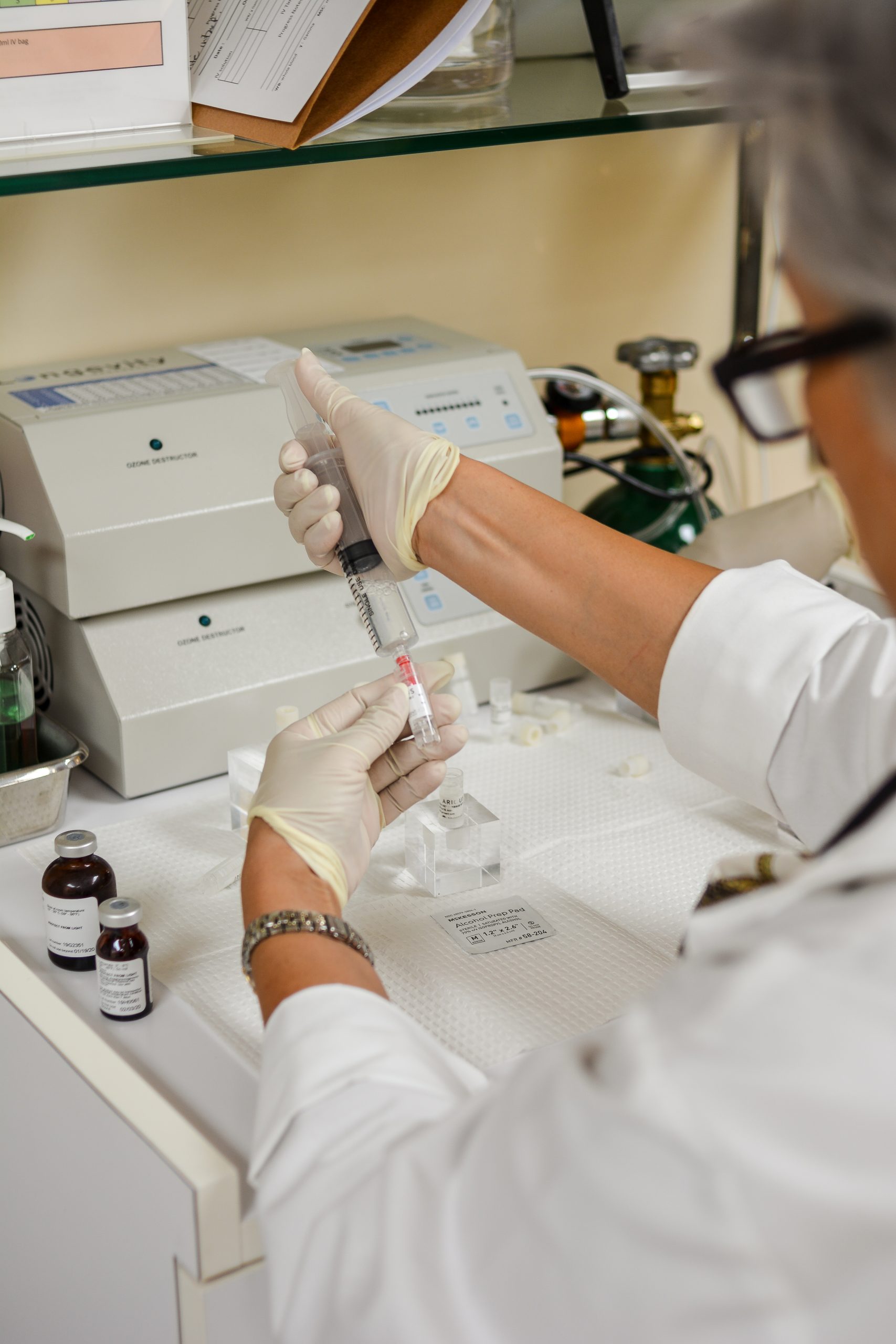Just reading the words “injections” and “needles” is usually enough to make anyone squirm uncomfortably. However, for Type I diabetics, insulin injections are their lifeline. Type I diabetics must meticulously count carbohydrates, monitor their blood glucose levels, calculate and inject units of insulin, and manage their condition each and every day, or the consequences are dire.
The cause of Type I diabetes remains a mystery, although we do know it is an autoimmune condition mainly diagnosed in childhood whereby the body attacks its own pancreatic cells. When these cells are destroyed, the pancreas can no longer produce insulin, a critical hormone in glucose homeostasis. Normally when an individual takes a meal, complex carbohydrates are broken down into the simple form of glucose and travel through the bloodstream. This signals for insulin to be released from the pancreas. Insulin is a hormone that acts as a long-distance chemical messenger to shuttle glucose through specific transporters from the bloodstream into different places such as the liver, fat, and muscle tissue.
“It is vital for Type I diabetics to have consistent glycemic control.”
In Type I diabetes insulin is not produced, therefore glucose is unable to get into the various tissues and organs. This allows the glucose to build up in the bloodstream which is called hyperglycemia. Hyperglycemia can lead to an array of complications. The hallmark problems include diabetic retinopathy, which can lead to blindness; diabetic nephropathy, which can cause kidney impairment; and diabetic neuropathy, which can lead to numbness in the hands and feet. It is vital for Type I diabetics to have consistent glycemic control. Some of the signs and symptoms of Type I diabetes include: increased thirst and urination, sudden rapid weight loss, decreased energy, and an acetone smell on the breath. The current treatment for Type I diabetes includes insulin injections, since the body is unable to produce insulin itself.
Over the past few decades, there have been enormous efforts into researching the disease and its manifestations; however, more recently there has been a shift to conduct experiments to find a cure. Groundbreaking research using stem cell technology has been the focus of Type I diabetes research for the past few years. Stem cells have the potential to turn into any tissue or organ in the body. Therefore, research has been conducted to try to find a way to replace the destroyed pancreatic cells with stem cells. Many other chemical messengers must be added to the multipotential stem cells in order to direct their differentiation specifically into pancreatic cells. This is exactly the premise behind the current VX-880 clinical trial being conducted by global biotechnology giant, Vertex Pharmaceuticals.
“One of the main issues with previous attempts of stem cell transplantation is that there is always a risk of immune rejection.”
The VX-880 clinical trial is the first and only pancreatic cell replacement therapy that has received Fast Track Designation from the Food and Drug Administration (FDA). In this groundbreaking clinical trial, the specific patient cohort included 17 individuals with Type I diabetes who suffered from severely low blood sugar levels (hypoglycemia) or those who were unable to perceive the onset of hypoglycemia. The individuals in this patient group were infused with human stem cell-derived pancreatic cells. One of the main issues with previous attempts of stem cell transplantation is that there is always a risk of immune rejection. The body sees these cells as foreign entities and starts attacking and killing them. Vertex hopes to provide a solution to this problem through the administration of immunosuppressive therapy in conjunction with the differentiated pancreatic cells in order to try to promote the body to accept the cells to allow them to function properly to restore glucose homeostasis.
Although this may seem like a magical combination, chronic administration of immunosuppressive drugs can also lead to an increased risk of infections, bone marrow suppression, cardiovascular disease, and malignancy, so this novel cure must be carefully perfected before it could become widely used.
While new research directions mean things are looking bright for the future of patients with type I diabetes, there are still many questions that remain. Will the therapy work in practice and what will be the longevity of results? Will it restore all normal pancreatic function for patients? Most importantly, could it improve the quality of life and a lasting cure for type I diabetics? These are questions the medical community and all those affected by diabetes wait anxiously for.






